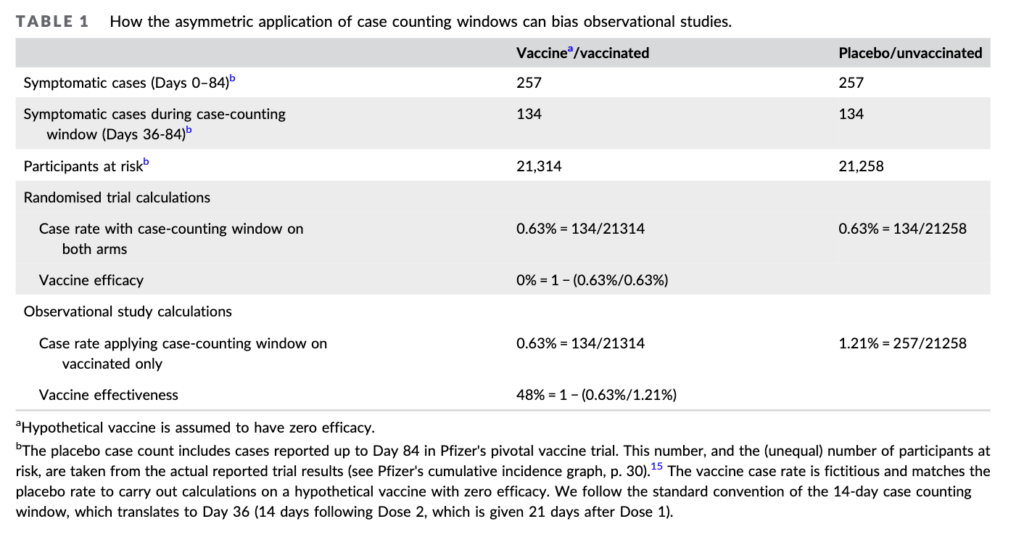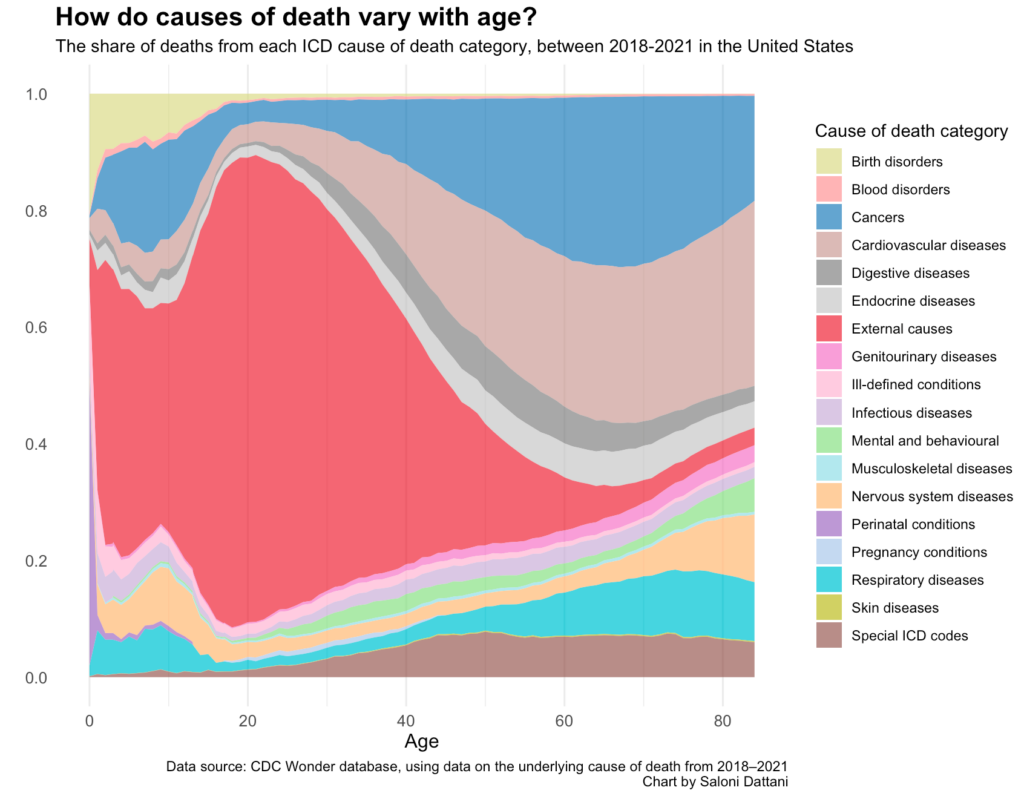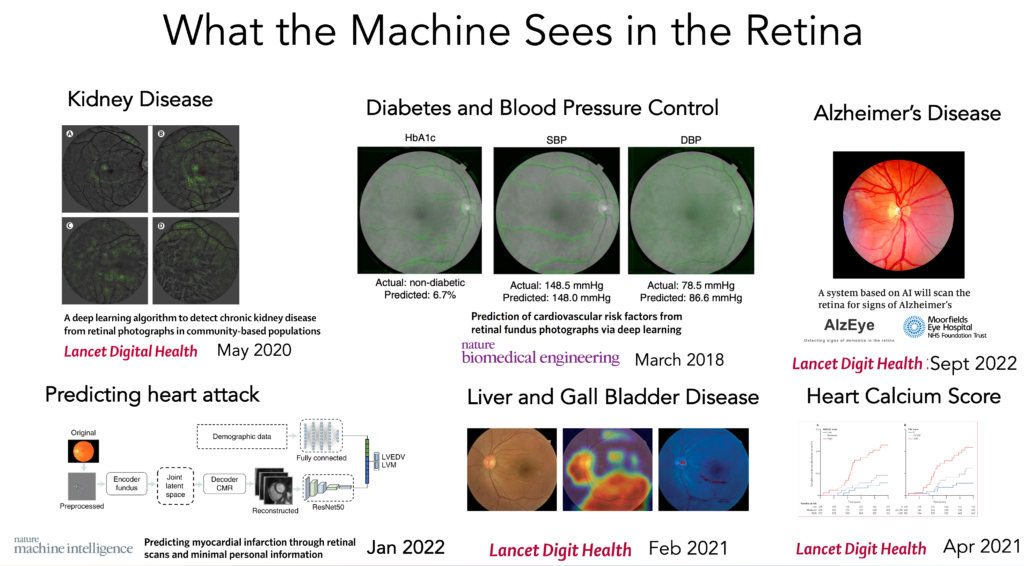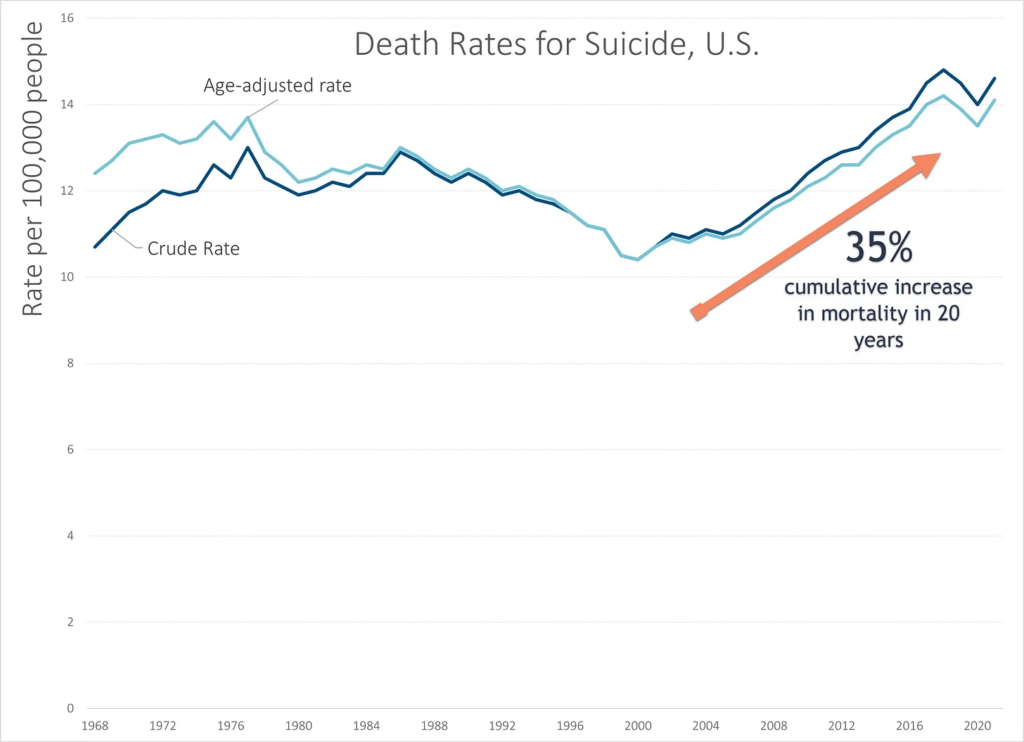Link: https://authenticpediatrics.substack.com/p/drowning-prevention-how-the-american
Excerpt:
In June 2021 I co-authored an article with drowning prevention parent advocate Nicole Hughes on the subject of water competency in 1-4 year old children and which national swim lesson program methodology aimed to teach this highest risk age group survival skills to best protect against an unplanned submersion.
The purpose of this article was to provide parents and primary care pediatricians with a direct comparison of popular formal swim lesson curriculums of the American Red Cross, YMCA, and Infant Swim Resource (ISR) to inform them on which program better aligns with the parent’s goals for water competency for their young child.
A secondary objective of this commentary was to highlight the methodology of survival swim as a type of formal swim program that in many ways appears superior for this high risk age group due to its ability to teach independent back floating and swim float swim without flotation devices. Despite being the only prominent formal swim lesson program that does this for the under 4 year olds, the AAP without any evidence has come out guns blazing against it.
This is evidenced by the recent parent article in JAMA Pediatrics which states: “Teaching children to swim is important, and the American Academy of Pediatrics has recommended swim lessons as early as age 1 year to provide another protection layer. However, infant swim classes such as Infant Swimming Resource have not been shown to lower the risk of drowning. As an alternative, families may seek out parent-child water play classes to gain familiarity and comfort with being around water together.”
Yet despite the lack of data on benefit vs. harm for each type of formal swim lessons, the AAP feels justified to advocate against ISR survival swim while advocating for Mommy and Me group swim lessons with the goal of comfort over survival.
One year after the publication of our article, the American Academy of Pediatrics authors of the 2019 Policy on Drowning Prevention submitted a Letter to the Editor to Contemporary Pediatrics criticizing our article to which we responded in an Author Response. For unexplained reasons neither letter was published by the journal of record.
Due to the importance of advancing this conversation to better understand the likely benefit and lack of harm of survival swim as a crucial layer of drowning prevention protection, I will publish both the AAP Letter to Editor and Author Response below. It is my hope that you read both. When reading, please do so within the context of an AAP that willingly advocates for non-pharmacological interventions (NPI) such mandatory masking of children for prevention of COVID-19 – stating that there is no evidence that it causes harm or developmental delays while willingly advocating against ISR survival swim – stating that it is harmful and lacks evidence of benefit without any such evidence to make either claim.
Author(s): Todd R Porter
Publication Date: 1 Oct 2022
Publication Site: Authentic Pediatrics at substack






